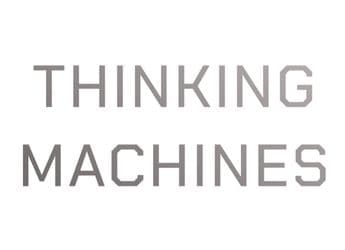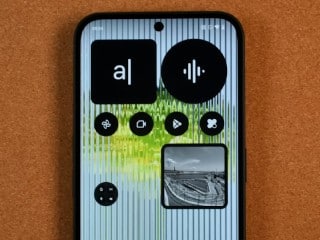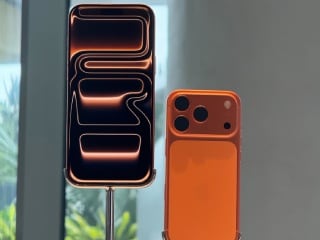- Home
- Science
- Science News
- James Webb Telescope's First Full Colour, Scientific Images Said to Come in July
James Webb Telescope's First Full Colour, Scientific Images Said to Come in July
The successor to Hubble is said to have spent the last five months aligning its instruments in preparation for the big reveal.

Photo Credit: NASA
The telescope will give a view of stars and galaxies formed 13.5 billion years ago
The James Webb Space Telescope will produce "spectacular colour images" of the cosmos in mid-July — its first observations dedicated to its mission of scientific discovery, an astronomer overseeing the project said on Monday.
The successor to Hubble has spent the last five months aligning its instruments in preparation for the big reveal, with scientists deliberately remaining coy about where the cameras will be pointed.
"We'd really like it to be a surprise," Klaus Pontoppidan, a scientist at the Space Telescope Science Institute in Baltimore told reporters, adding that the secrecy was partly due to the first targets not yet being finalised.
NASA and its partners the European Space Agency (ESA) and Canadian Space Agency (CSA) formed a committee to create a ranked list of objects, which they now intend to work through.
Webb's team has already released a series of star field images taken for calibration purposes, but the new photographs will be of astrophysics targets, key to deepening humankind's understanding of the universe, said Pontoppidan.
These images will actually be shot in infrared, and then colourised for public consumption.
Visible and ultraviolet light emitted by the very first luminous objects has been stretched by the universe's expansion, and arrives today in the form of infrared, which Webb is equipped to detect with unprecedented clarity — giving it an unprecedented view of the first stars and galaxies that formed 13.5 billion years ago.
Webb, which is expected to cost NASA nearly $10 billion (roughly Rs. 7,750 crore), is among the most expensive scientific platforms ever built, comparable to the Large Hadron Collider at CERN, and its predecessor telescope, Hubble.
Its mission also includes the study of distant planets, known as exoplanets, to determine their origin, evolution and habitability.
Catch the latest from the Consumer Electronics Show on Gadgets 360, at our CES 2026 hub.
Related Stories
- Samsung Galaxy Unpacked 2025
- ChatGPT
- Redmi Note 14 Pro+
- iPhone 16
- Apple Vision Pro
- Oneplus 12
- OnePlus Nord CE 3 Lite 5G
- iPhone 13
- Xiaomi 14 Pro
- Oppo Find N3
- Tecno Spark Go (2023)
- Realme V30
- Best Phones Under 25000
- Samsung Galaxy S24 Series
- Cryptocurrency
- iQoo 12
- Samsung Galaxy S24 Ultra
- Giottus
- Samsung Galaxy Z Flip 5
- Apple 'Scary Fast'
- Housefull 5
- GoPro Hero 12 Black Review
- Invincible Season 2
- JioGlass
- HD Ready TV
- Laptop Under 50000
- Smartwatch Under 10000
- Latest Mobile Phones
- Compare Phones
- OPPO A6c
- Samsung Galaxy A07 5G
- Vivo Y500i
- OnePlus Turbo 6V
- OnePlus Turbo 6
- Itel Zeno 20 Max
- OPPO Reno 15 Pro Mini 5G
- Poco M8 Pro 5G
- Lenovo Yoga Slim 7x (2025)
- Lenovo Yoga Slim 7a
- Realme Pad 3
- OPPO Pad Air 5
- Garmin Quatix 8 Pro
- NoiseFit Pro 6R
- Haier H5E Series
- Acerpure Nitro Z Series 100-inch QLED TV
- Asus ROG Ally
- Nintendo Switch Lite
- Haier 1.6 Ton 5 Star Inverter Split AC (HSU19G-MZAID5BN-INV)
- Haier 1.6 Ton 5 Star Inverter Split AC (HSU19G-MZAIM5BN-INV)

















